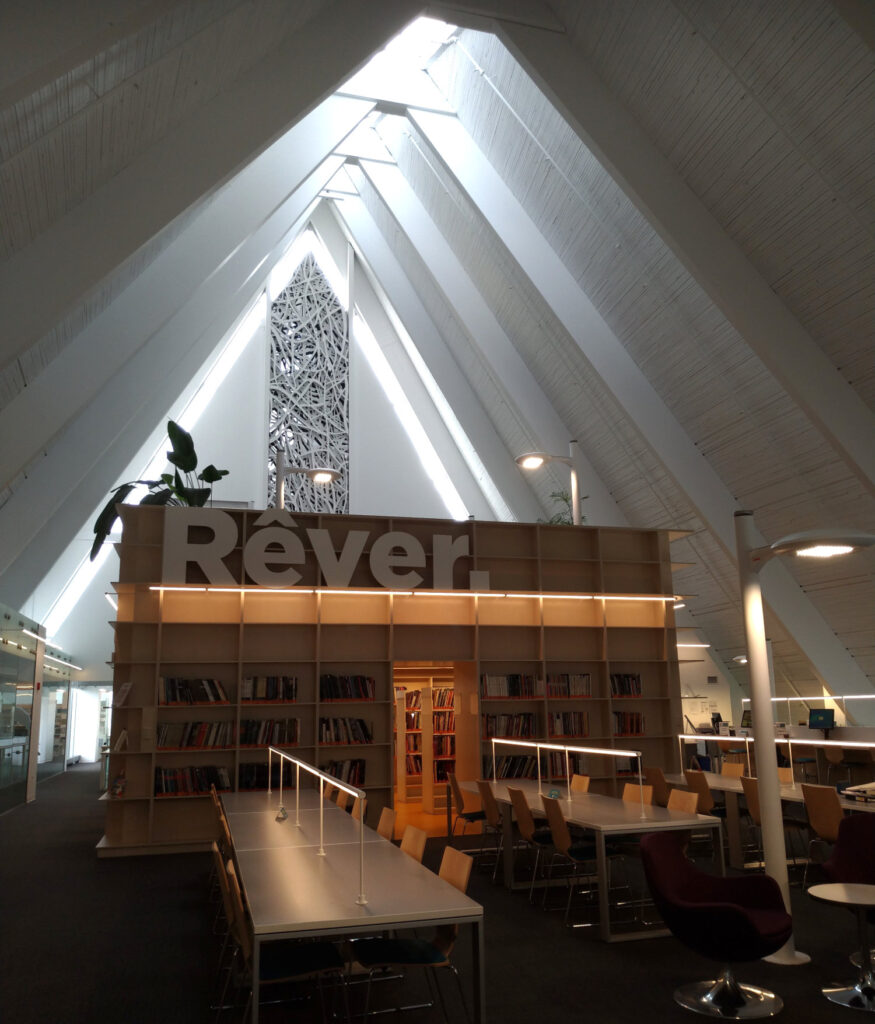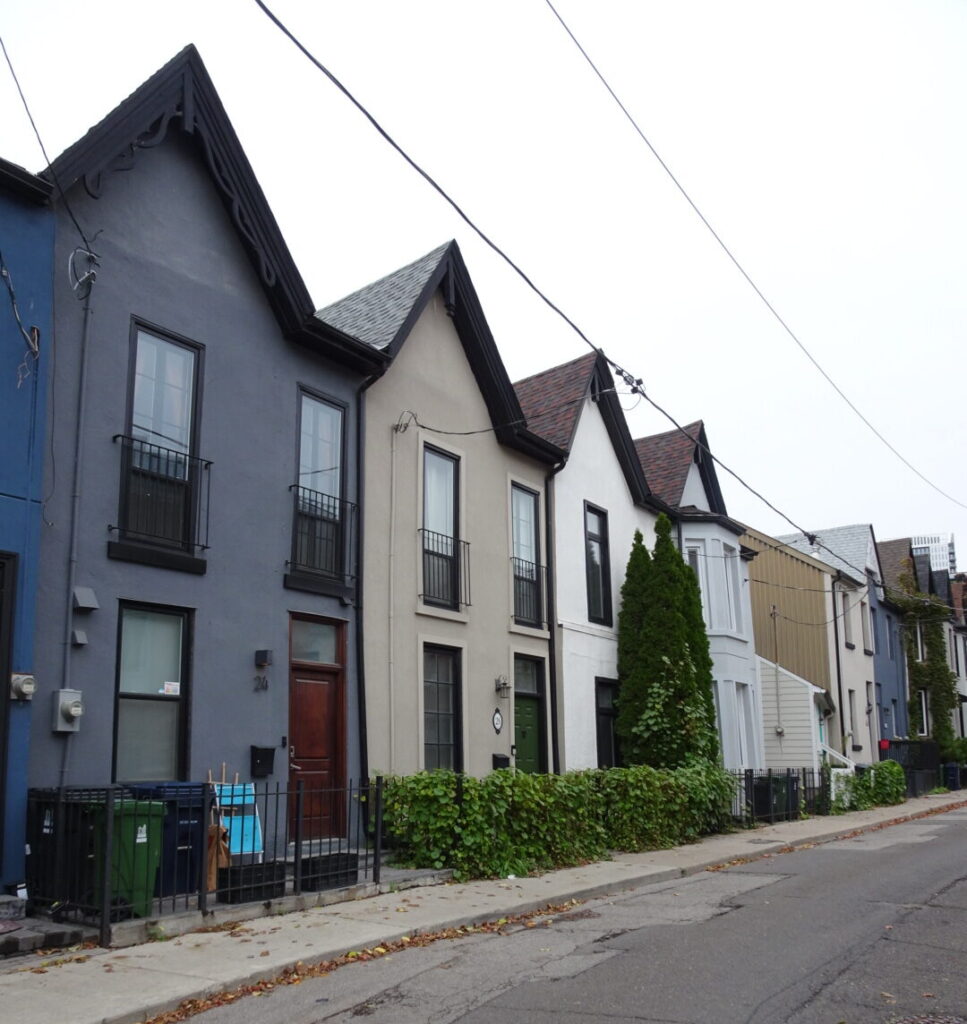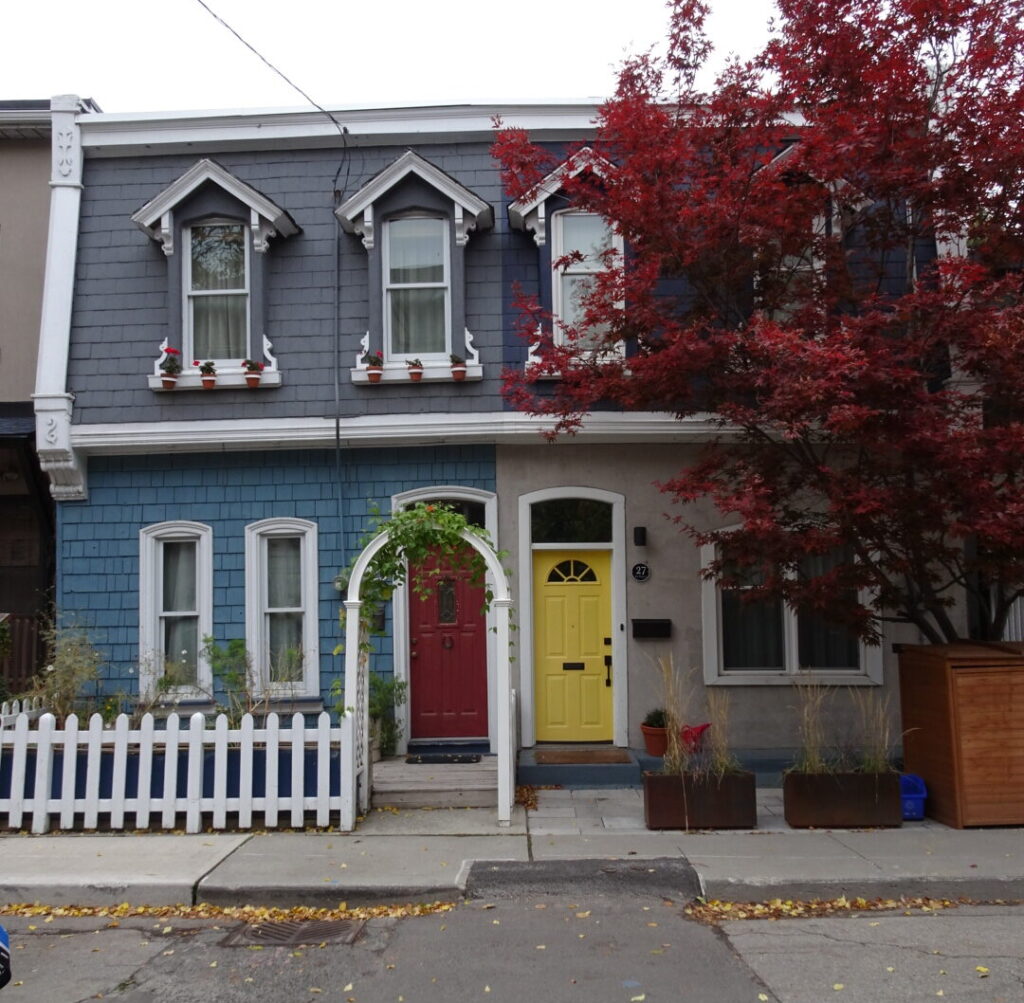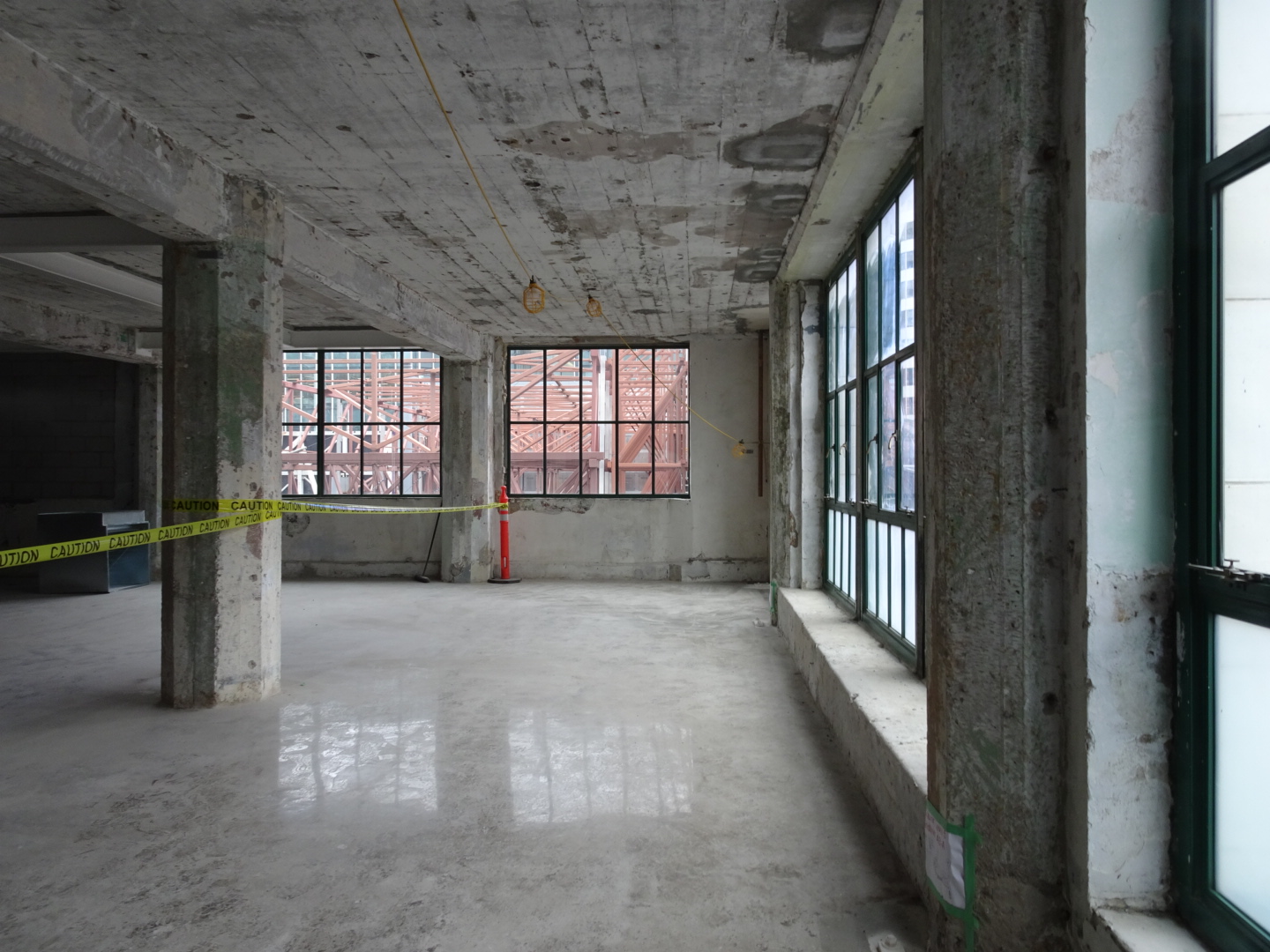At TRACE architectures we know deep green retrofits can seem expensive, but over the longer term, you will save money. And now there’s more good news!
Why Retrofit?
Canada has over 16 million dwellings and 482,000 commercial and public buildings which collectively contribute 18% of the country’s greenhouse gas emissions (not including embodied carbon). Over 78% of these emissions are from space and water heating equipment.
The Canada Green Buildings Strategy was created to help meet Canada’s legislated targets for greenhouse gas emissions to mitigate climate change. Depending on the scope of work, there are potentially several other significant benefits to a green retrofit, including:
- Saving on utility bills;
- Enhancing resilience to natural disasters including extreme weather events (wind, snow/ice, floods), earthquakes, power outages;
- Access to better financing options such as low/no interest loans and discounted mortgage premiums;
- Improving health/productivity of occupants;
- Making your building more attractive to tenants;
- Reducing demand for virgin materials and the impacts associated with resource extraction and manufacturing;
- Reducing demand for fossil fuels;
- Reducing demand for electricity and thereby improving reliability of the grid.

Funding and Programs
There are currently 22 federal programs and funding available to support the decarbonization of Canada’s building sector, many of which are aimed at sustainable retrofits for existing buildings.
- Energy Star for Buildings and Energy Star Portfolio Manager (Natural Resources Canada) – rating system and energy benchmarking tool to recognize energy efficient buildings and a prerequisite for access to other types of funding such as through the ISO 50001 Energy Management Systems Standard.
- Green and Inclusive Community Buildings Fund (Infrastructure Canada) – Funding available for municipal, regional and provincial governments, public sector bodies, not-for-profit organizations and Indigenous organizations to supports green and accessible retrofits, repairs or upgrades of existing public community buildings.
- National Housing Co-investment fund (CMHC) – low interest loans and non-repayable contributions for energy efficient renovations to socially inclusive housing
- Public and Commercial Buildings Retrofits Initiative (Canada infrastructure Bank) – financing for decarbonization retrofits of public buildings such as offices, courthouses, campus buildings, student residence buildings.
- Canada Greener Homes Grant (Canada Mortgage and Housing Corporation) and Enbridge Home Efficiency + Rebate have streamlined the application to a $10,000 grant for Ontario homeowners (including landlords) undertaking energy efficient upgrades.
- Canada Greener Homes Loan (CMHC) – homeowners can receive up to $40,000 interest-free loan to cover the costs of any remaining recommended retrofits from the Canada Greener Homes Grant program.

Additional funding sources for sustainable retrofits:
- Better Homes Ottawa Loan Program – low interest 20 year loans of up to $125,000 (or 10% of the value assessment of the home) to cover the cost of energy and resilience improvements, renewable energy systems, and the addition of rental suites.
- CMHC Eco Plus Program – partial refund of up to 25% on the cost of mortgage loan insurance.
- Deep Retrofit Accelerator Initiative (DRAI) – contributions for deep retrofits in commercial, institutional or multi-unit residential buildings
For a complete list of programs for reducing emissions of Canada’s built environment, refer also to Betterhomesottawa.ca and Programs and funding for green homes and buildings (nrcan.gc.ca)
So much money! Where to begin?
Nearly all of these programs require an energy assessment or audit to determine the current performance and identify the specific retrofit projects that are most relevant for your building. Then building owners undertake the retrofits that best suit their goals and budgets. Typically, a post-retrofit audit is also required to measure the success of the individual programs and our collective efforts to meet our country’s emissions targets.
Working with an architect or engineer skilled in existing building retrofits can optimize your approach by taking advantage of the interconnected nature of the various retrofit projects. This is especially important for larger or more complex projects. For example, coordinating envelope upgrades with systems upgrades can reduce the size and cost of the new HVAC equipment.
My Building is a Heritage Building. Is that a Problem?
While it is true there are some extra considerations for designated heritage buildings and buildings constructed of traditional materials, there are still many opportunities to significantly improve the building’s performance. Even though adding insulation to the exterior is rarely permitted, you may find that insulating the attic and air sealing is more effective for both energy and financial goals.
Older buildings often have many inherently sustainable features integrated with their original design to take advantage of passive energy flows, such as strategically located windows and doors to provide daylight and natural ventilation, or cornices to protect facades from the elements.

We at TRACE architectures are experts in sustainable retrofit of all building typologies from all eras – from load-bearing stone of Parliament, to traditional brick homes to mid-century modern concrete towers and glass curtain wall facades. No matter the level of heritage significance, we work with you to ensure your sustainability goals are met or exceeded while respecting the unique character of the building.

